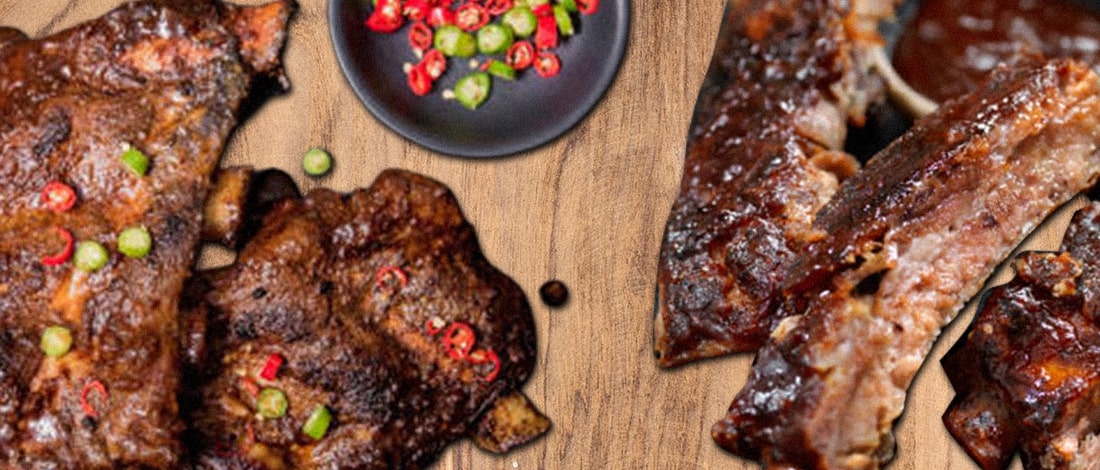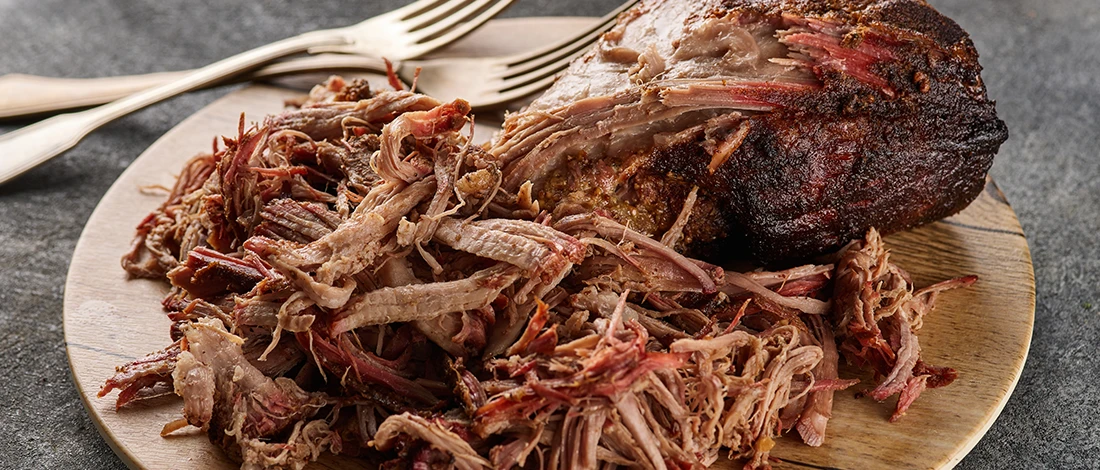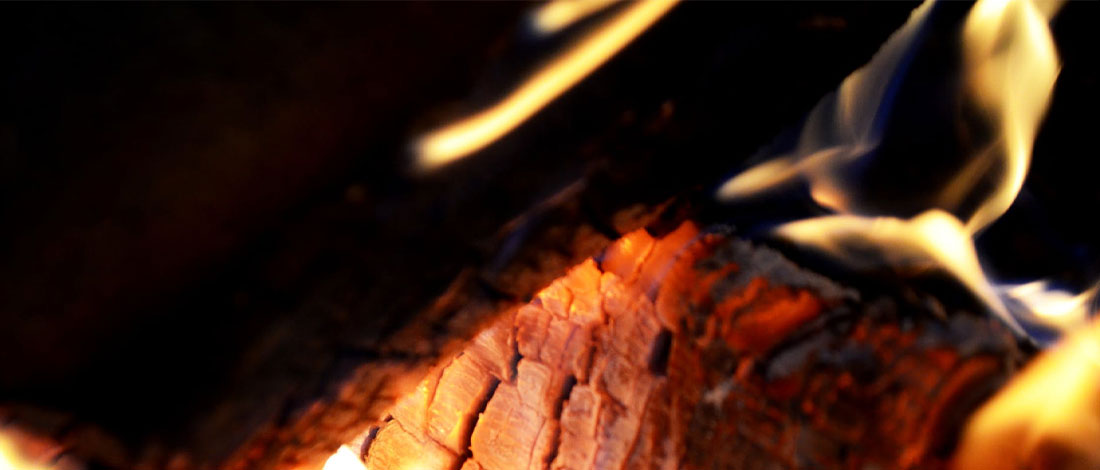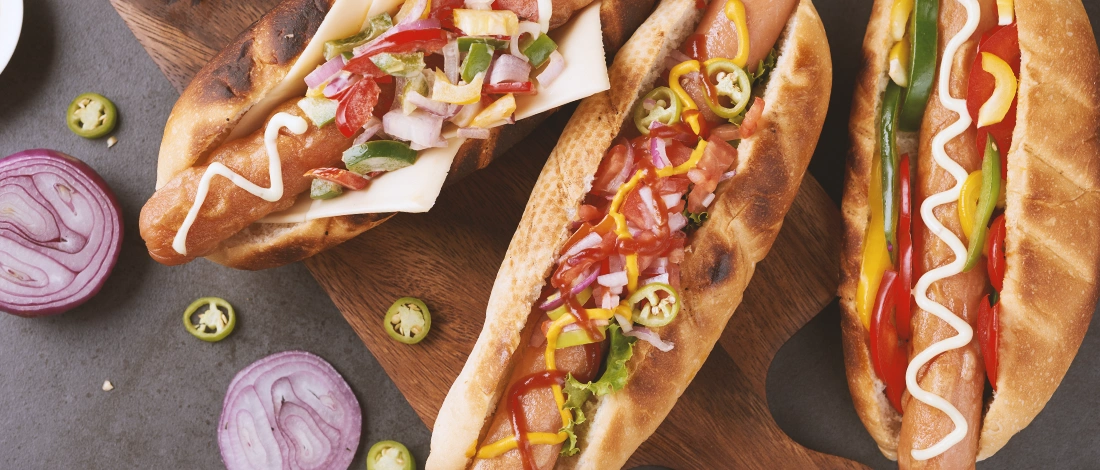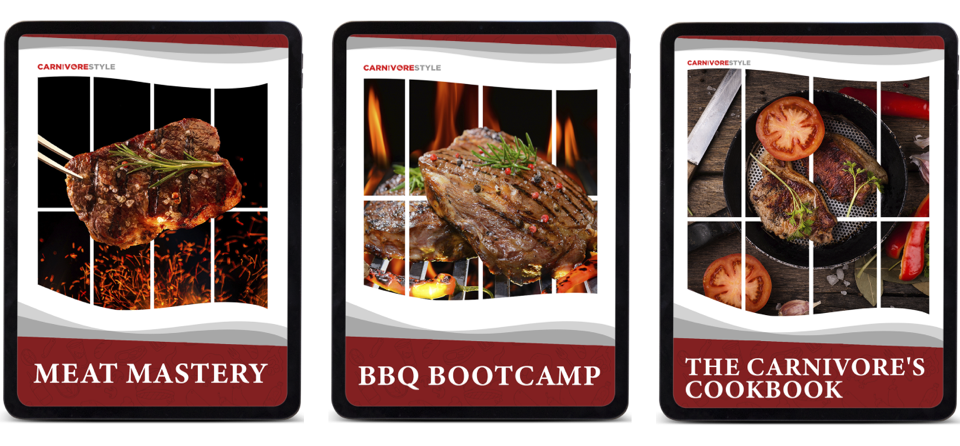When cooking pork ribs, check their internal temperature. This ensures safety and the best taste and tenderness. As an avid smoker and griller at Carnivore Style, I can say that pork ribs are notoriously hard to master.
At first, I struggled a lot to determine the right smoker temperature point. However, after smoking pork ribs for years, I can readily tell when they are ready just by the look and feel.
This guide will discuss pork ribs' doneness. It will cover the ideal internal temperatures and tips for perfect ribs.
Quick Summary
- The ideal internal temperature for cooking pork ribs is 190 - 203°F, which yields juicy and tender meat.
- The type of ribs, their thickness, and the amount of fat can influence cooking times.
- A 2010 study in the National Library of Medicine examined the effects of cooked temperature on pork tenderness. It found significant differences in tenderness at different cooked temperatures [1].
- Various tests, such as the bounce, cut, toothpick, timing, and twist tests, can help determine when ribs are perfectly cooked.
Pork Ribs Internal Temperature Chart

Below you will find the recommended times and temperatures chart for smoking meats. It applies to both pork and beef ribs.
The times stated are from my experience using my meat smoking machine; therefore, they may take less or more time depending on which smoker you have.
| Smoking Temp | Cooking Temp | Cooking Time | |
| Baby Back Ribs | 225 - 250°F | 180°F | 5 - 6 hours |
| Spare Ribs (Pork) | 225 - 250°F | 180°F | 6 - 7 hours |
| Short Ribs | 225 - 250°F | 190 - 200°F | 7 - 8 hours |
| Back Ribs | 225 - 250°F | 180 - 190°F | 4 - 5 hours |
| Spare Ribs (Beef) | 225 - 250°F | 190 - 203°F | 5 - 6 hours |
| Prime Rib | 225 - 250°F | 140°F (Medium) | 15 minutes per pound |
THE DIFFERENCE BETWEEN “DONE” AND “FINISHED”
The line between “done” and “finished” may be minor, but it’s significant.
Done refers to when the meat has reached an internal temperature safe to eat and finished is when the meat is at its tastiest.
According to USDA USDA, you should cook your pork ribs to 145°F to safely consume them [2].
However, I have found that slow-cooking ribs at 190 - 203°F (even more so when smoking meats) is the key to making your meat juicy and tender.
You can use a meat thermometer to measure the internal temperature of your pork spare ribs. However, it can be tricky since the meat is rather thin and usually hotter next to the bone.
Pro tip: Instead of investing in a full smoker, you can turn your outdoor grill (charcoal or gas) into a smoker. It’s best to use hardwood chips -- look for fruitwood or nut woods - for the ultimate smoky flavor.
- Charlie McKenna, Founder, & Chef, Lillie’s Q Restaurant
Also Read: Types of Pork Ribs Explained
6 Tests to Know When Your Pork Ribs are Finished
Using a meat thermometer to check when your pork spare ribs are finished isn’t always the best way.
Remember, the only pork spare ribs that should fall off the bone are ones that have been boiled or steamed.
Perfectly cooked or smoked ribs will pull cleanly off the bone when you bite the meat. However, there should be some resistance and chew [3].
That’s why I always use the following hacks to know when my pork spare ribs are at their best:
1. The Bounce Test
When you think your ribs are almost done, pick them up by the center of the ribs with a pair of tongs while meat-smoking.
Carefully bounce the ribs. If the surface of the smoking meat cracks, you’ll know your ribs are ready.
If it only cracks slightly, you will need a little more time for cooking.
2. The Cut Test
Like all smoking meats, you can cut into the cut to see if it's ready.
For ribs, the center should be white with no pink or red juices.
If you have used a smoker, there is a chance the meat at the top will still be pink, but the center will be white.
3. The Toothpick Test
If you’ve got some toothpicks lying around, you can use them for this test.
Poke the toothpick between the bones and into the smoking meat.
If it slides in without much resistance, this means your meat-smoking ribs are ready. Ensure you also bend test other parts of your ribs since ribs tend to cook quite irregularly.
4. The Taste Test
A great way to test how your meat is cooking is to taste it. Of course, you shouldn’t eat meat that is pink or looks raw.
However, you can happily eat white or tan meat.
The only problem is, if you take one rip apart to check if it is cooked, you will have to keep doing so until all the ribs are cooked.
Related Articles:
5. Timing Test
Most amateur grillers with indoor ovens will likely love this. It uses times and temperatures as a reference to check their beef ribs.
Set the grill or smoker to225 - 250 °F and cook baby back ribs for three or four hours while maintaining this heat. If you’re making spare ribs, consider increasing the cooking time to at least five or six hours.
Also, put a layer of your best barbecue sauce while allowing the meat to cook over high heat for at least 10 minutes or more.
This test will require you to use a thermometer. It ensures the sticky ribs cook within a safe internal temperature range. However, using the smoking times we provided will make it unlikely for you to encounter any problems.
6. Twist Test
This test needs a small, sharp knife to help separate one of the rib bones from the rack. Touch the rib in the middle while ensuring you don’t burn yourself. Give a quick sharp twist and check the amount of meat that falls off the bone. If most meat meat fall, your ribs are done.
Remember to avoid twisting too hard since you won’t get your desired results.
By now, the pork’s connective tissue should have broken down. It means the meat must gently slough away from the bone.
Otherwise, put the meat back on the grill for a few more minutes
We’re not too fond of this test as it needs you to take an entire rib away before serving. However, you can get away with it if you’re only cooking for yourself and another person. You still get to eat the results either way.
Things to Keep in Mind When Smoking Pork Ribs

Remember the following things when smoking or cooking ribs:
- The thicker the baby back ribs, the longer they will take to cook. If your ribs have a lot of fat, it’ll also take longer for the fat to melt down.
- Smoking the meat on the bone is time-consuming compared to if you deboned them.
FAQs
What Temperature Do You Smoke Pork Ribs in Celsius?
The ideal temperature to smoke pork ribs is 107.22°C. To reach it, smoke the meat for 3 hours, then steam it for 2 hours and baste it for 1 hour.
Can I Smoke Pork Ribs at 180°F?
You can smoke pork ribs at 180°F. However, for tender ribs, adjust your cooking time. Make sure the meat's internal temperature is safe to eat.
What Is the 3-2-1 Method for Smoking Ribs?
The 3-2-1 method for smoking ribs involves three steps. First, smoke them uncovered for three hours. Then, wrap and marinate them in foil for two hours. Finally, baste them with barbecue sauce for one hour. This method makes ribs very tender, but some experts think it overcooks them. They prefer the 2-2-1 rule.
What is the 2-2-1 Rule for Smoking Ribs?
The 2-2-1 rule for smoking ribs is this: Cook them uncovered for 2 hours. Then, wrap them in BBQ sauce in foil for 2 hours. Finally, cook them uncovered for 1 hour.
“Barbecue may not be the road to world peace, but it’s a start.”
- Anthony Bourdain, American Chef, and Author
At Carnivore Style, we want to help you achieve perfect meat every time. Check out our other guides for more grilling and smoking tips to make your carnivore meals even better.
References:
- https://pubmed.ncbi.nlm.nih.gov/20374831/
- https://www.fsis.usda.gov/food-safety/safe-food-handling-and-preparation/meat-fish/fresh-pork-farm-table
- https://www.freep.com/story/life/2018/07/01/advice-cooking-grilling-ribs-fourth-july/742612002/



